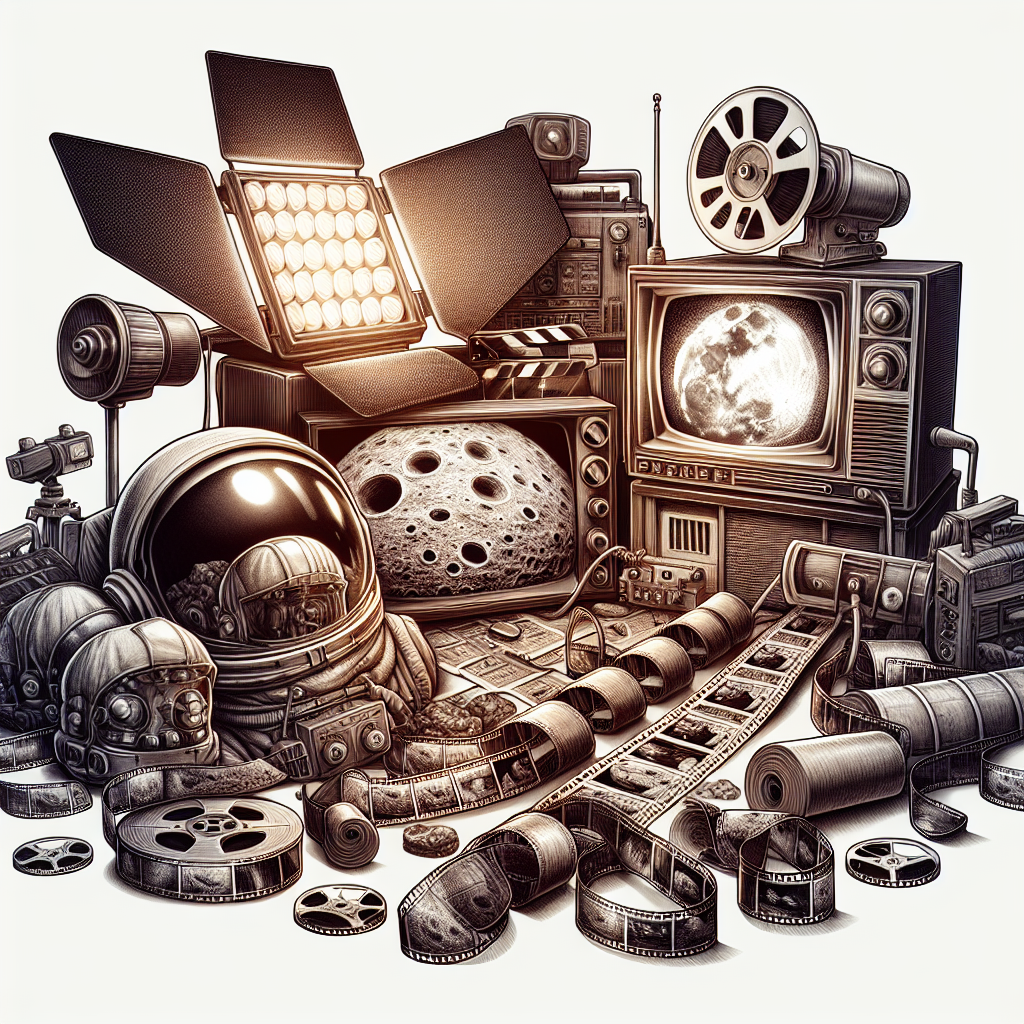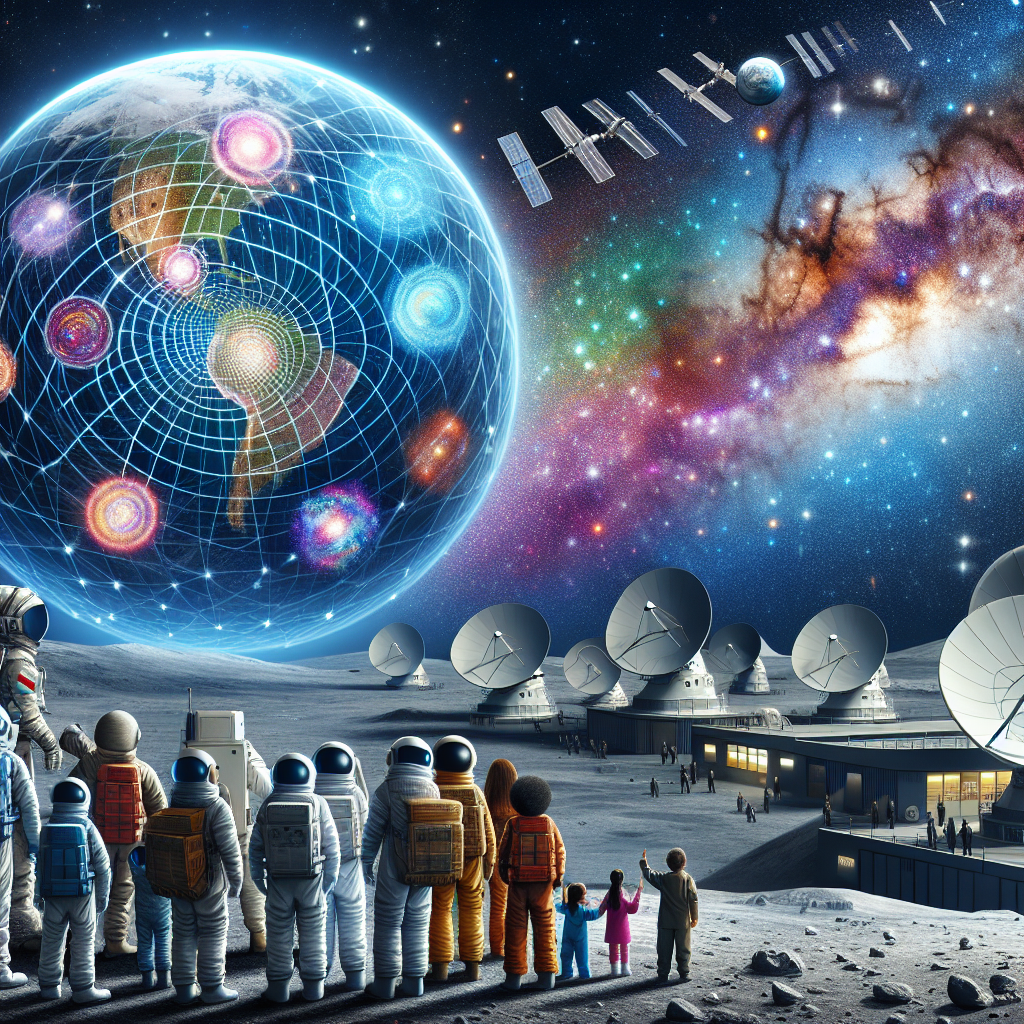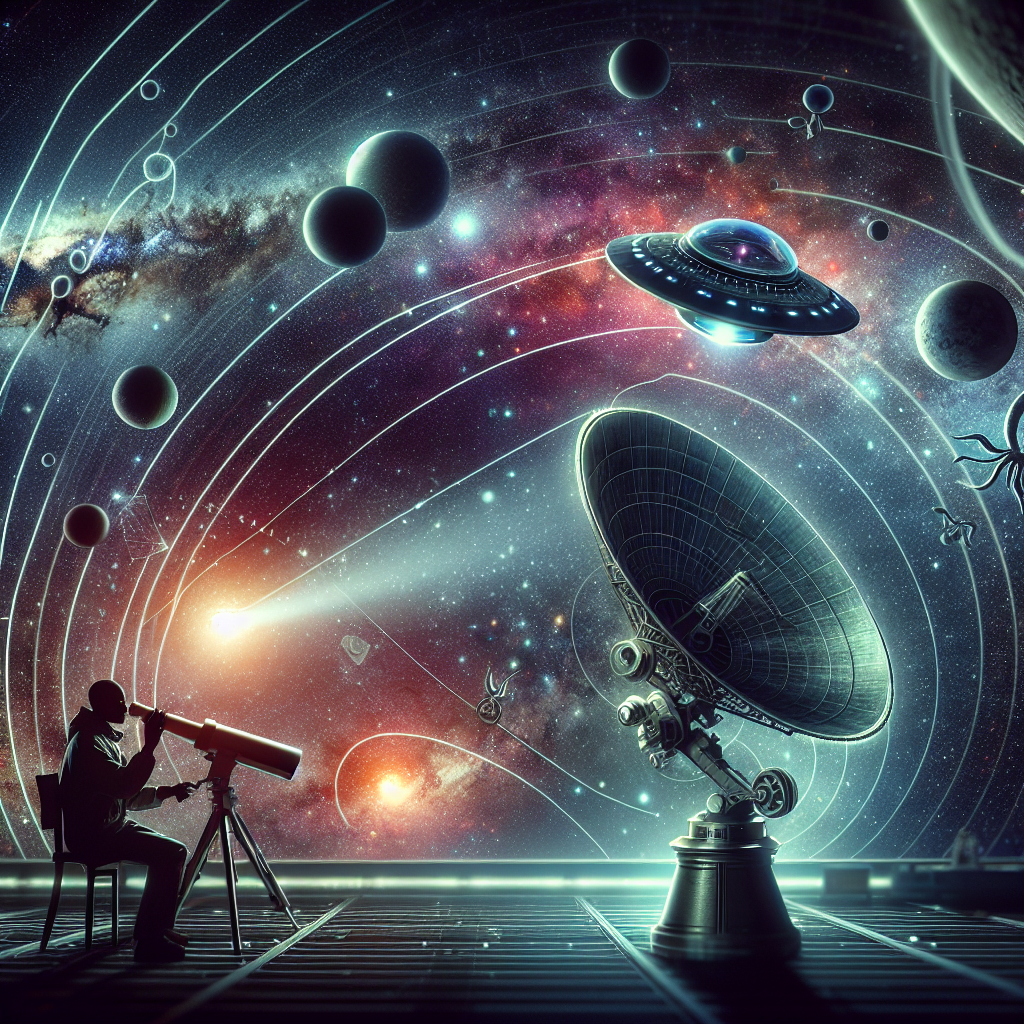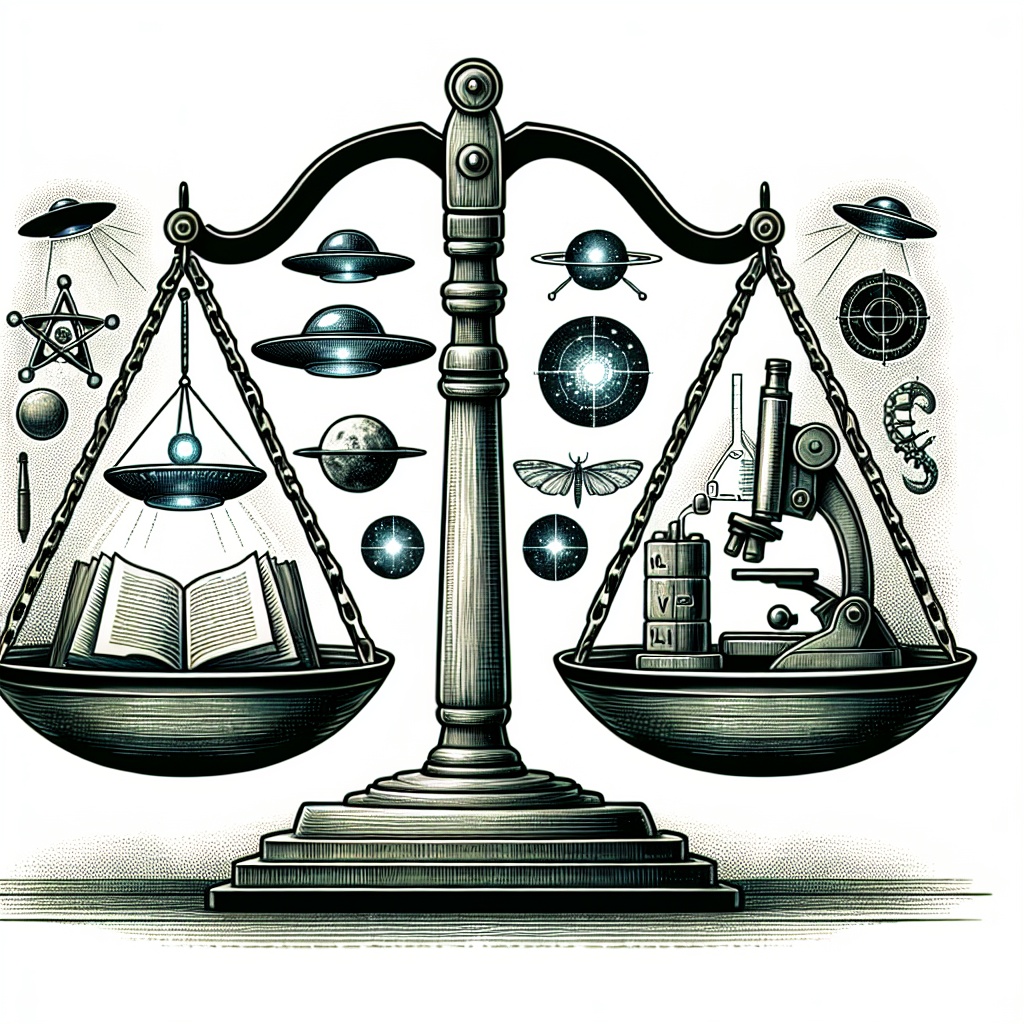The Moon Landing Hoax: Origins and Beliefs
The moon landing hoax theory suggests that the Apollo missions were staged by the U.S. government, primarily for political and military motives during the Cold War. Originating shortly after the historic Apollo 11 landing in 1969, conspiracy theories flourished in the shadows of the space race. Key among the proponents of this theory are individuals and groups who view the moon landings as a pivotal moment in American pride, twisted by purported deception.
Key Motivations Behind the Hoax Theory
Several motivations have been speculated upon by conspiracy theorists regarding why the U.S. would have staged the moon landings:
-
Cold War Competition: The Space Race was a defining element of U.S.-Soviet relations in the 1960s. The successful moon landing was seen as the ultimate show of technological and ideological superiority.
-
Political Gain: The government may have aimed to unite the nation under a new common goal, bolstering patriotic sentiment amidst domestic unrest due to the Vietnam War.
-
Financial Misallocation: Critics argue that the billions invested in NASA during the Apollo program could have been better spent elsewhere, leading to speculation about the program being a mere facade to justify funding.
Commonly Cited Evidence
Believers in the moon landing hoax present various pieces of “evidence” to support their claims. The most prominent include:
-
Photographic Anomalies: Conspiracy theorists often hone in on specific anomalies in photos taken on the lunar surface. Claims of inconsistent shadows and seemingly missing stars fuel arguments of staged photography.
-
Flag Movement: The waving of the American flag on the lunar surface has been interpreted as evidence that air existed, contradicting the fact that the moon’s atmosphere is virtually nonexistent.
-
Radiation Beliefs: Detractors assert astronauts could not have survived passing through the Van Allen radiation belts without suffering severe health consequences.
-
Lack of Impact Craters: Some theorists question the absence of craters beneath the lunar module, asserting that a spacecraft of such mass should leave a significant mark.
-
Third-party Silence: The claim that no other nations, particularly those with advanced space technology, have confirmed the landings suggests to moon landing deniers that the missions were fabricated.
Refuting the Hoax Theories
Despite the compelling narratives constructed by the conspiracy theorists, extensive evidence supports the authenticity of the Apollo missions:
-
Expert Analysis of Photographs: Numerous experts in photography and physics have debunked claims about shadows and lighting by providing insights on how photography works in a vacuum.
-
Flags and Mechanics: Explanation of the flag’s design – with a horizontal rod to keep it extended – clarifies any misconceptions regarding its motion.
-
Radiation Exposure: NASA scientists have demonstrated through extensive studies that the amount of radiation exposure for astronauts during their travel through the Van Allen belts was within safe limits.
-
Scientific Verification: The placement of retroreflectors on the lunar surface, which remain functional today, provides empirical proof when lasers are shot at them from Earth.
-
Voluminous Documentation: Thousands of documents, photos, and hours of video from both NASA and independent corroborators raise overwhelming evidence in favor of the landings’ legitimacy.
Media Influence and Pop Culture
The moon landing hoax has perpetuated through media and pop culture, growing into a significant narrative. Films, documentaries, and television shows have explored this theory, generating further discussion and speculation. Associated literature often blends fact and fiction, capturing the imaginations of audiences globally.
Douglas Adams emphasized the absurdity of believing in the hoax when he quipped about how outlandish it seems to assume that such a large-scale conspiracy could remain hidden from the public. Yet, the popularity of the theory highlights the human penchant for skepticism.
Continued Impact of the Theories
Despite overwhelming evidence to the contrary, the moon landing hoax theories continue to emerge. In the age of the internet and social media, such ideas gain traction more easily through echo chambers and algorithms that favor sensationalism. The conspiracy has evolved, now including themes around broader governmental conspiracies and distrust.
The Role of Education and Communication
While many find it challenging to grapple with misconceptions surrounding significant events like the moon landing, education remains a critical factor. Clear, factual communication can combat misinformation effectively. Initiatives focusing on critical thinking and science literacy could help dismantle these hoaxes while fostering a more rational discourse about space exploration and its history.
Conclusion: A Persistent Legacy
The moon landing hoax is a testament to the interplay between historical achievement, human psychology, and the quest for knowledge. The enduring fascination with conspiracy theories reflects broader cultural narratives about truth, authority, and technology. As humanity continues to push boundaries in our exploration of the cosmos, the Apollo missions remind us of our achievements—and of the varied speculations that arise in their wake.













Leave a Reply